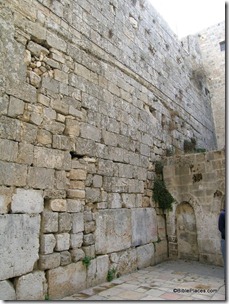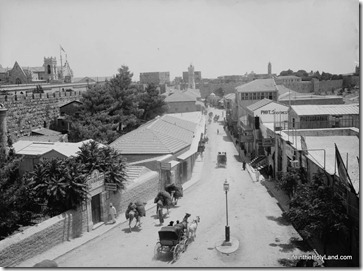Several months ago Tim Kimberley posted an excellent series of over at the Parchment and Pen Blog. Though I missed the initial posting, I did not want to let it pass. His top ten list of biblical discoveries in archaeology corresponds closely to what I would suggest.
10. Assyrian Lachish Reliefs (Sennacherib’s Siege Reliefs)
9. Jehu’s Tribute to Shalmaneser III (Black Obelisk)
4. Ketef Hinnom Silver Amulet Scroll
3. Jericho
2. House of David Inscription (Tel Dan Inscription)
Where can you see these great finds? Your first stop is the Israel Museum in Jerusalem, where you can see #1, 2, 4, 5, 6, and 8. The British Museum holds #9 and 10. For #3 and 7, you’ll have to get dirty.
Thanks, Tim, for this valuable presentation. If you have not benefited from Tim’s BibleMap.org, I highly recommend it as a quick way to identify locations mentioned in Scripture.
In looking up the last link, I discovered that Tim has put his research into handy book form. You can purchase a copy of Top Ten Biblical Discoveries in Archaeology for yourself or a friend here.


